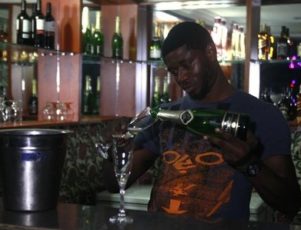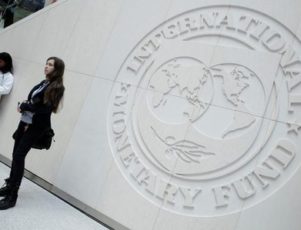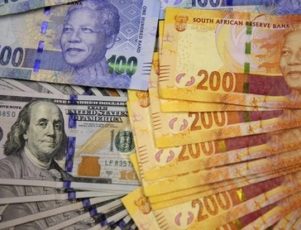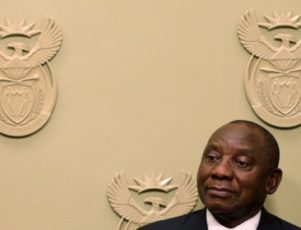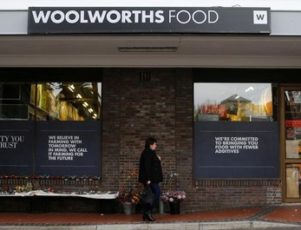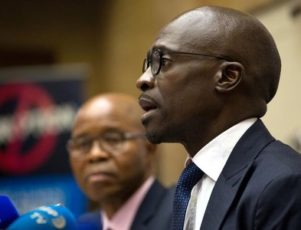DAKAR/WASHINGTON (Reuters) – A Malian militia said on Wednesday it had obtained a sport utility vehicle abandoned by U.S. special forces in neighboring Niger during a deadly ambush last October, and offered to return it to the United States.
Four U.S. special forces members and at least four Nigerien soldiers were killed in the raid in the western Niger village of Tongo Tongo by dozens of militants armed with machine guns and rocket-propelled grenades. Islamic State’s West Africa affiliate claimed responsibility.
The ambush marked the first U.S. combat casualties in Niger. It sparked an international debate about America’s covert role tracking Islamist insurgents in the arid and thinly-populated Sahel region, south of the Sahara desert.
It also prompted discussion within the United States about the military tactics being used in remote battlefields. After the incident, President Donald Trump clashed publicly with a congresswoman who accused him of speaking insensitively to the pregnant widow of one of the American soldiers who was killed.
Colonel Mark Cheadle, a spokesman for the U.S. military’s Africa Command, said it was investigating the statement made by MSA-GATIA, a Tuareg militia group in northern Mali, but that it could not confirm its claim to have found the vehicle.
In the statement, which was accompanied by a photo of a beat-up blue Toyota Landcruiser and two military-style rifles, MSA-GATIA said it captured the material from unidentified “armed bandits” on the Mali side of the border with Niger in fighting on March 11 and 12.
“The MSA-GATIA coalition proposes returning this material to American authorities by legal channels,” the statement said.
The militia, composed mainly of ethnic Tuaregs, has frequently clashed with jihadist groups whose influence is on the rise in northern and central Mali.
The jihadists have used Mali as a springboard for attacks into neighboring Niger and Burkina Faso, including coordinated raids on the military headquarters and French embassy in the Burkina Faso capital Ouagadougou earlier this month that killed eight people.
Those attacks have alarmed U.S. officials, who fear that the Sahel could become a new haven for Islamist militants and have deployed hundreds of American troops to train local forces and gather intelligence.
(Reporting By Aaron Ross and Phillip Stewart; Editing by Edward McAllister and Peter Graff)


